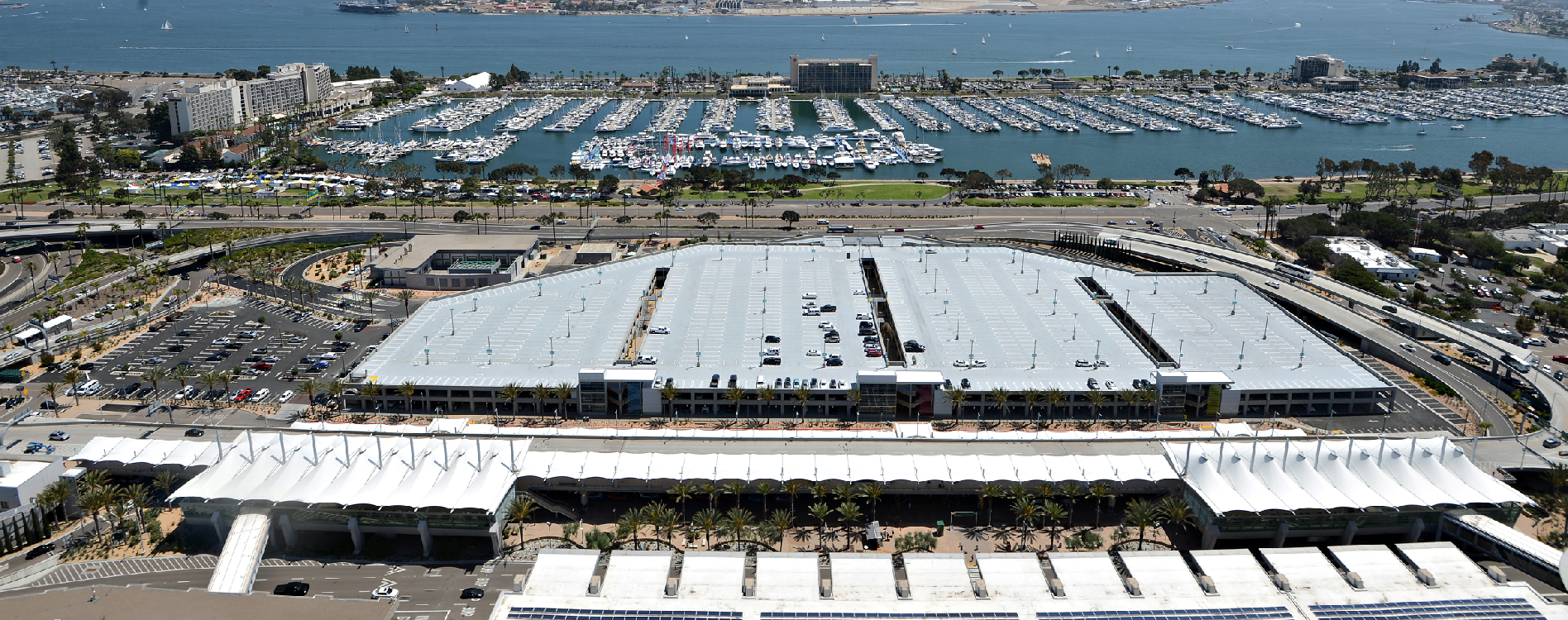
This article was previously published on watrydesign.com by Michael Pendergrass as "Above the Intrinsic Value, Sustainable Parking Best Practices Enhance Our Built Environment Experience" and is adapted with permission. Read the original article.
In addition to its intrinsic value to the environment, sustainable parking design can also enrich the user experience. By incorporating sustainable best practices into architectural and functional design, we can create parking structures that are aesthetically pleasing and easier to navigate.
One way we can achieve this is by using as much natural light as possible. Parking structures are a unique building type that lend themselves more to natural ventilation than human-occupied facilities do. Drawing additional natural light into a parking facility provides an opportunity to reduce its carbon footprint while creating a more desirable experience for users.
This was a tactic taken by the San Diego International Airport for the design of the Terminal 2 Parking Plaza, which was certified Parksmart Gold for its sustainable achievements. Because the airport sits on a harbor, the building’s height was reduced to preserve the impressive harbor views. The resulting expanded footprint created challenges in bringing in enough natural light and ventilation, so the design team opted for a moment frame structural system and incorporated three expansive lightwells to provide as much natural light as possible.
In keeping with the project team's goal to provide a premier experience for travelers, the lightwells were integrated into the design as pedestrian pathways, adorned with public art and aesthetic touches such as rock gardens and seating. The result is a sustainable design element that also serves as a relaxing gateway, escorting travelers from the parking structure to the terminal.
The airport team also saw a way to use technology to elevate the user experience while decreasing emissions. State-of-the-art parking guidance and revenue control systems not only speed up entry and exit into the facility, but also aid users in finding an open space. This reduces circulation and idling times, which in turn reduces emissions.
Sustainable elements can also be incorporated into a structure’s architectural design to create a unique aesthetic. For the Pomona College Parking Structure, river rocks found on the site were repurposed and used to create a uniting element throughout the project. In addition to providing a visually soothing façade, they also are threaded through the landscape as accents, including vegetated swales that mimic stream beads. This design choice reduced the amount of waste generated during construction and created a unique look that helped integrate the facility into its natural surroundings.
